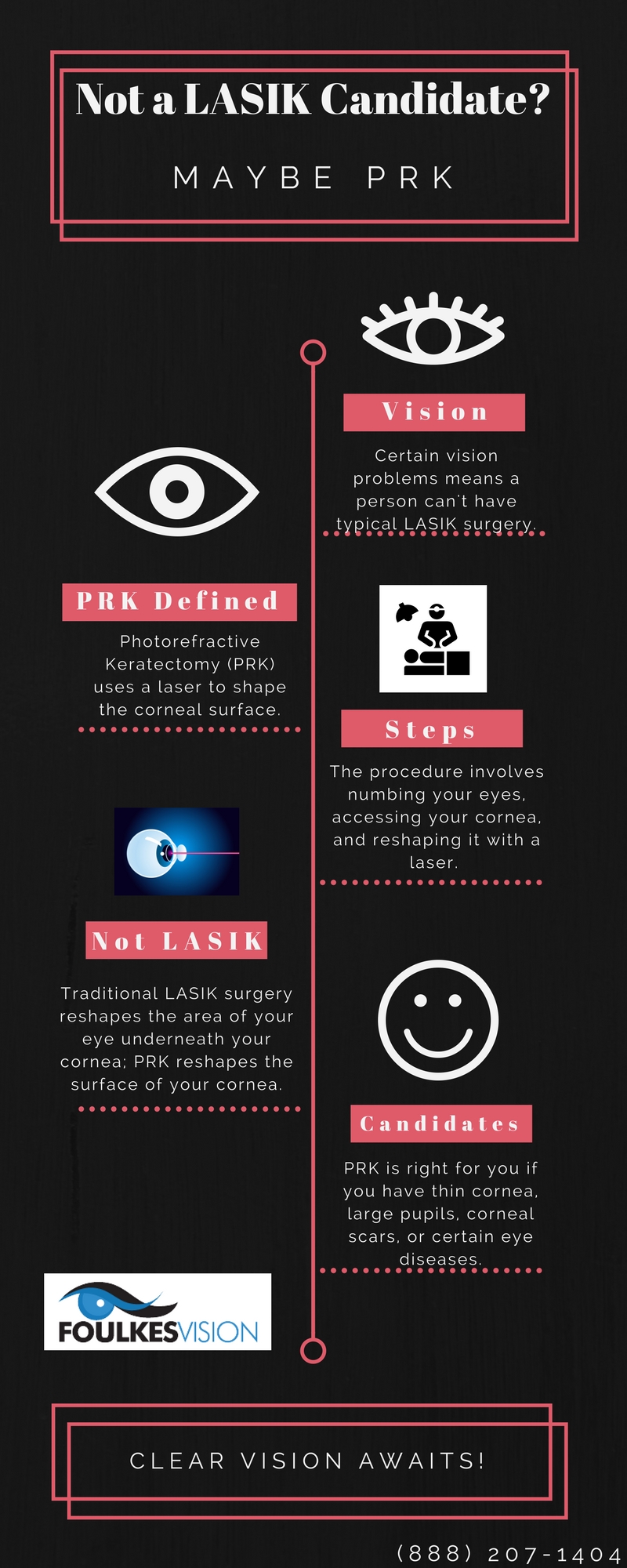Interested Regarding Refractive Lens Exchange? Discover Vital Insights And Answers That Can Change Your Vision Trip
Interested Regarding Refractive Lens Exchange? Discover Vital Insights And Answers That Can Change Your Vision Trip
Blog Article
Content By-Nissen Goldstein
If you're taking into consideration refractive lens exchange, you most likely have a great deal of questions. This treatment could change just how you see the world, offering advantages like minimized reliance on glasses. However, it's essential to comprehend the procedure, risks, and who qualifies as an excellent candidate. Allow's explore these crucial elements so you can make an informed choice regarding whether RLE is right for you.
What Is Refractive Lens Exchange and How Does It Function?
Refractive lens exchange (RLE) is a procedure created to change your eye's all-natural lens with a man-made one, fixing vision concerns like nearsightedness, farsightedness, or presbyopia.
Throughout the procedure, your doctor makes a small cut in the eye, removes your natural lens, and inserts an intraocular lens (IOL) tailored to your vision needs. This outpatient surgical procedure normally takes about 15 to thirty minutes per eye and is carried out under local anesthesia.
You'll likely notice improvements in your vision nearly immediately, though complete healing might take a couple of weeks. RLE is especially helpful for those over 40 or with high prescriptions, using a lasting remedy compared to glasses or get in touch with lenses.
Your eye care professional can assist determine if RLE is right for you.
What Are the Benefits and Risks of Refractive Lens Exchange?
Picking refractive lens exchange can bring about considerable enhancements in your vision, but it is necessary to evaluate both the advantages and dangers prior to deciding.
On the plus side, this procedure can boost your vision by fixing concerns like presbyopia, nearsightedness, and hyperopia. Several clients enjoy decreased dependence on glasses or call lenses, which can greatly improve their quality of life.
However, it's vital to take into consideration possible threats. Difficulties can include infection, glow, or halos around lights.
There's likewise why not try these out of overcorrection or undercorrection, which might need additional treatments.
Who Is a Perfect Candidate for Refractive Lens Exchange?
If you're thinking about refractive lens exchange, it's important to understand whether you fit the profile of a suitable prospect. Normally, you might be an excellent prospect if you more than 40, experience presbyopia, or have high levels of nearsightedness or farsightedness.
mouse click the following website page 's likewise crucial that your vision is stable, implying your prescription hasn't altered significantly in the past year. If you have cataracts or other eye conditions, you could benefit from this treatment also.
However, certain aspects, like unrestrained diabetes or autoimmune diseases, can disqualify you. To identify your candidacy, consult with an eye treatment specialist that can review your particular scenario and suggest the most effective strategy customized to your demands.
Conclusion
Finally, refractive lens exchange can be a transformative option for improving your vision, especially if you're over 40 or have a high prescription. While the benefits are considerable, it's critical to evaluate the risks and talk to your eye care professional to figure out if you're an ideal prospect. With the appropriate info and guidance, you can make an informed choice and potentially appreciate a life with lowered dependence on glasses.
